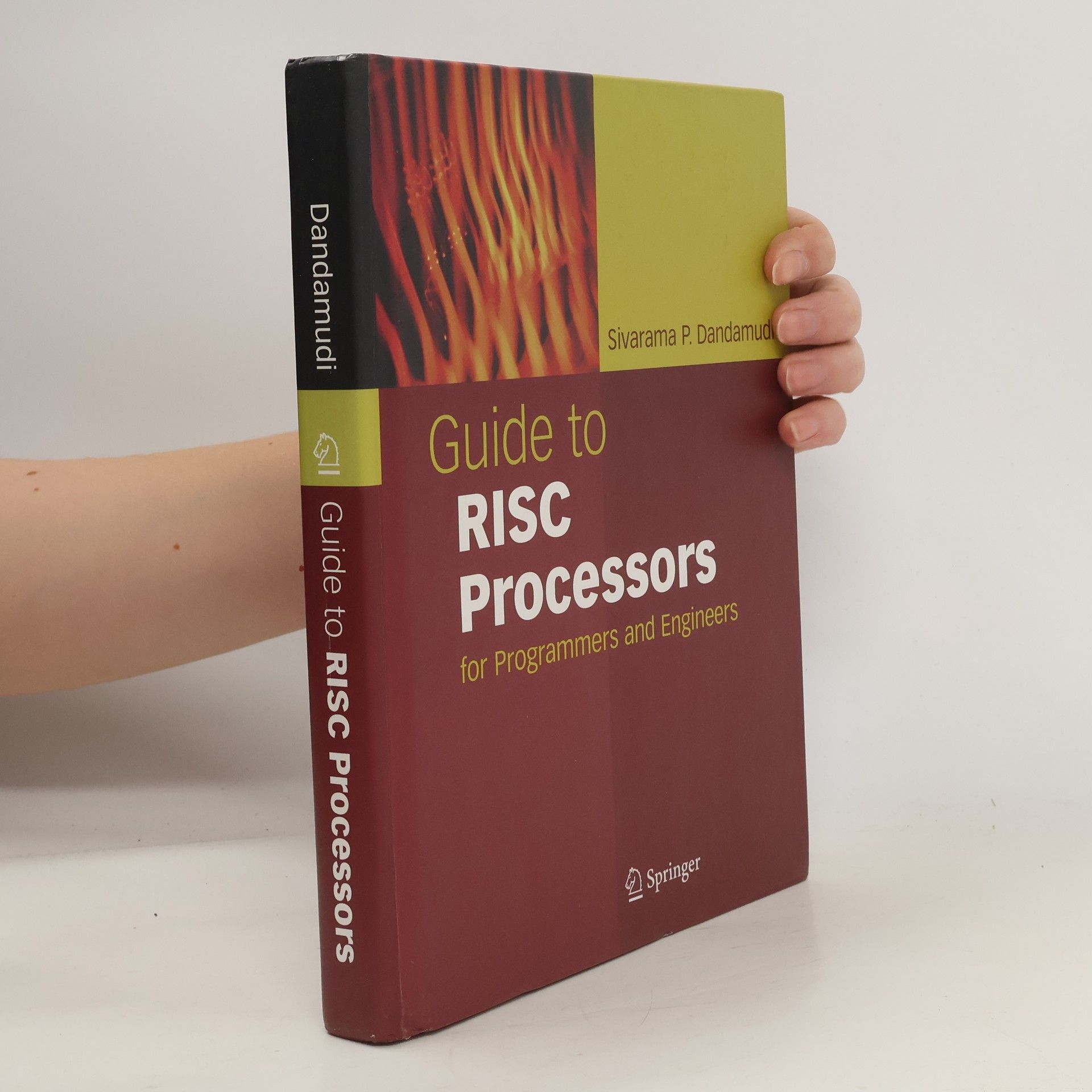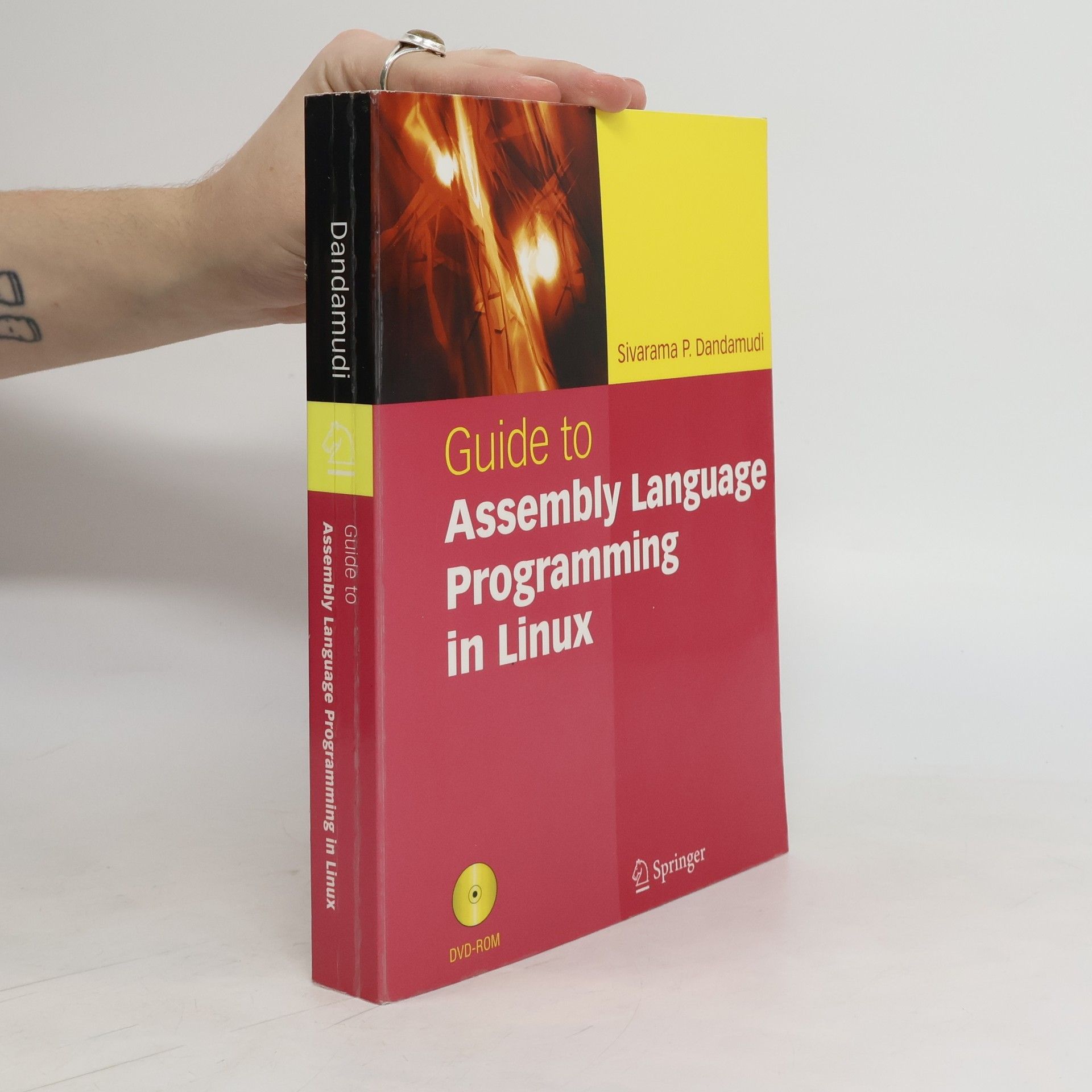Guide to Assembly Language Programming in Linux
- 564bladzijden
- 20 uur lezen
Designed for programmers already experienced with operating systems like Windows XP, this book introduces key Linux concepts. It covers fundamental differences, system architecture, and essential tools, facilitating a smooth transition to the Linux environment. Through practical examples and comparisons, readers will gain a solid understanding of Linux's unique features and functionalities, empowering them to leverage this powerful operating system in their programming endeavors.

